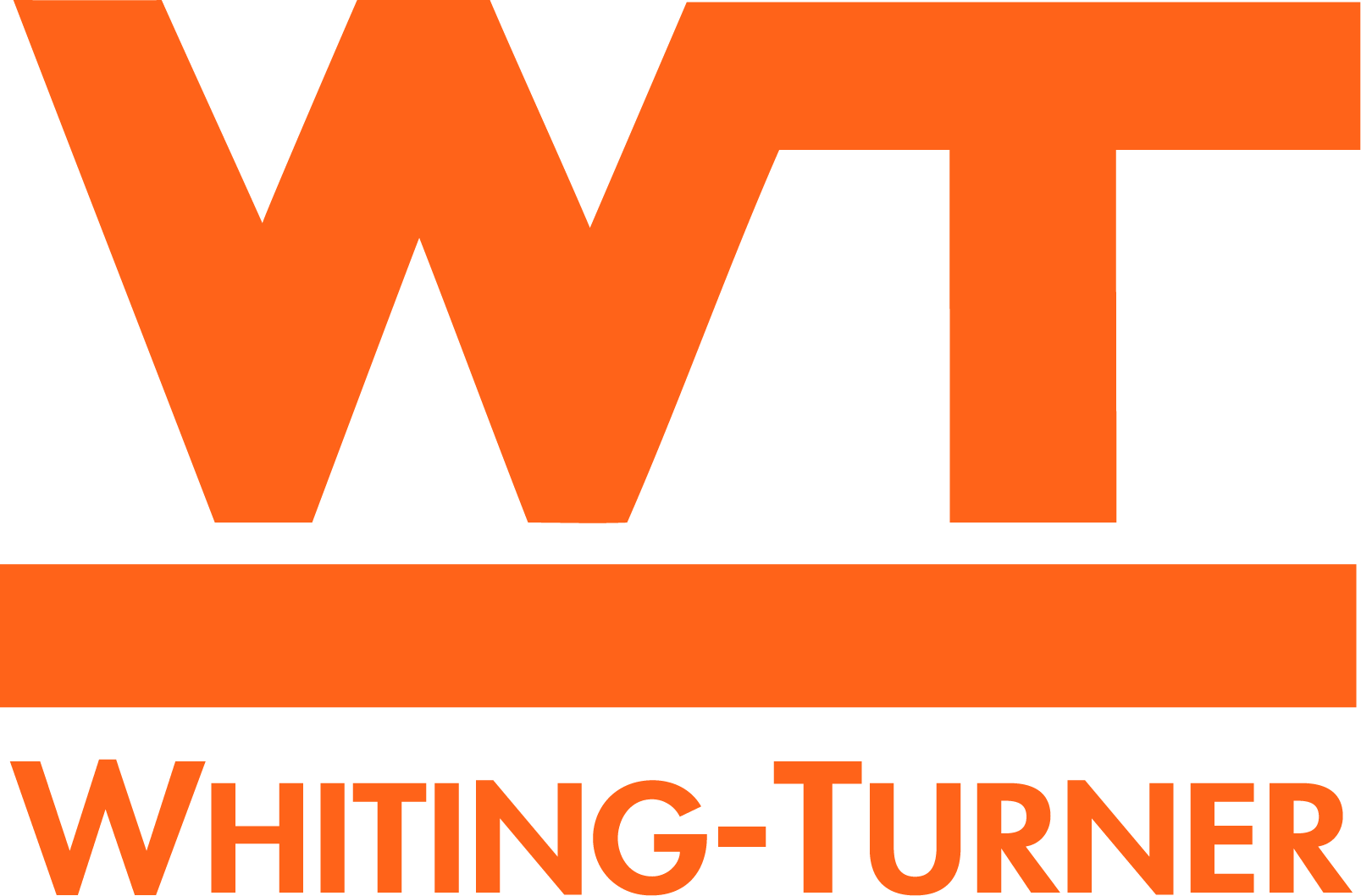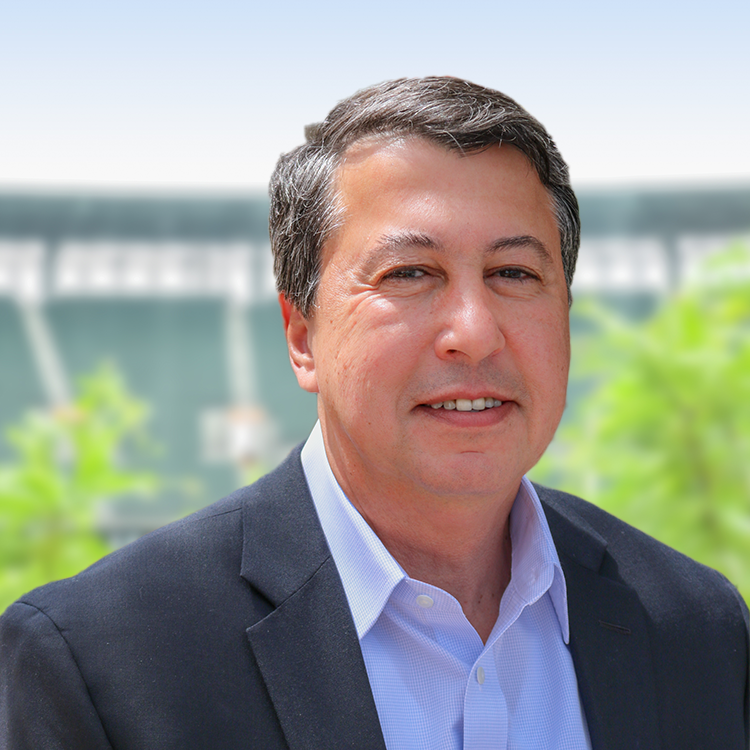NIH Porter Neuroscience Research Center Phase 2
About
THIS PROJECT
The NIH Porter Neuroscience Research Center Phase II project is a 307,000 SF, six-story complex renovation and addition to the existing Porter Research Center. Non-laboratory areas contain seminar rooms, a café and a four-story atrium. The project is zero-lot-line within a campus environment and included substantial site utility relocations. This project included the expansion of the existing vivarium facility operations, which included:
- Behavioral
- Tissue culture
- Electrophysiology labs
- MRI suite with 16.4T and 9.4T magnets
- Support spaces
The cagewash expansion required no interruptions to the existing operations, which ran seven days a week. The new four-story atrium was tied into the existing structure, requiring extensive phasing and removal of 200 LF of exterior skin. The design required installation of new redundant normal power, chilled water supply and return, and steam services to serve Phase II and interconnect with Phase I. All building systems (fire alarms, security, back-up power) were required to be integrated with the existing facility. A solar panel system and geothermal system were also installed.
This project achieved LEED® Gold certification a Three Green Globes rating. In addition, this project received the Safety Excellence Award, 1,000,000 Safe Work Hours by Travelers.
PROJECT OVERVIEW
LOCATION:
Bethesda, Maryland
Mid-Atlantic
CLIENT:
National Institutes of Health
INDUSTRY:
Science + Technology
Federal/Military
SQUARE FEET
GEOTHERMAL WELLS
SAFE WORK HOURS
Implementing
VIRTUAL DESIGN & CONSTRUCTION
Whiting-Turner utilized BIM and clash detection throughout construction and ultimately delivered to NIH its first BIM model with fully-integrated equipment information and O&Ms for use by their facility maintenance department. Additionally, we utilized our in-house laser scanning capabilities to verify as-built conditions and communicate concrete deflection conditions to our curtainwall contractor. This approach eliminated potential changes associated with differences in specified tolerances between skin and structural systems.



